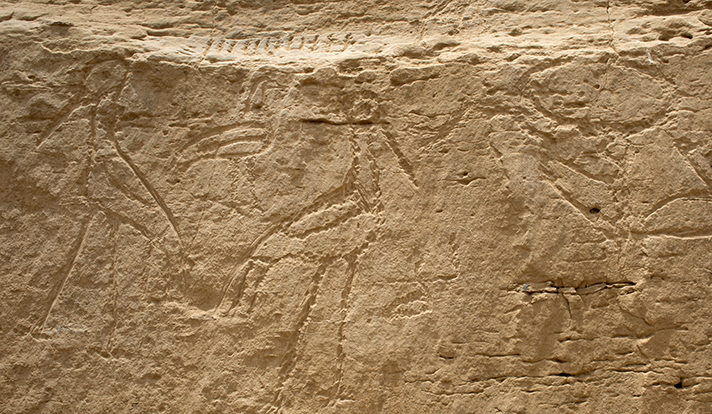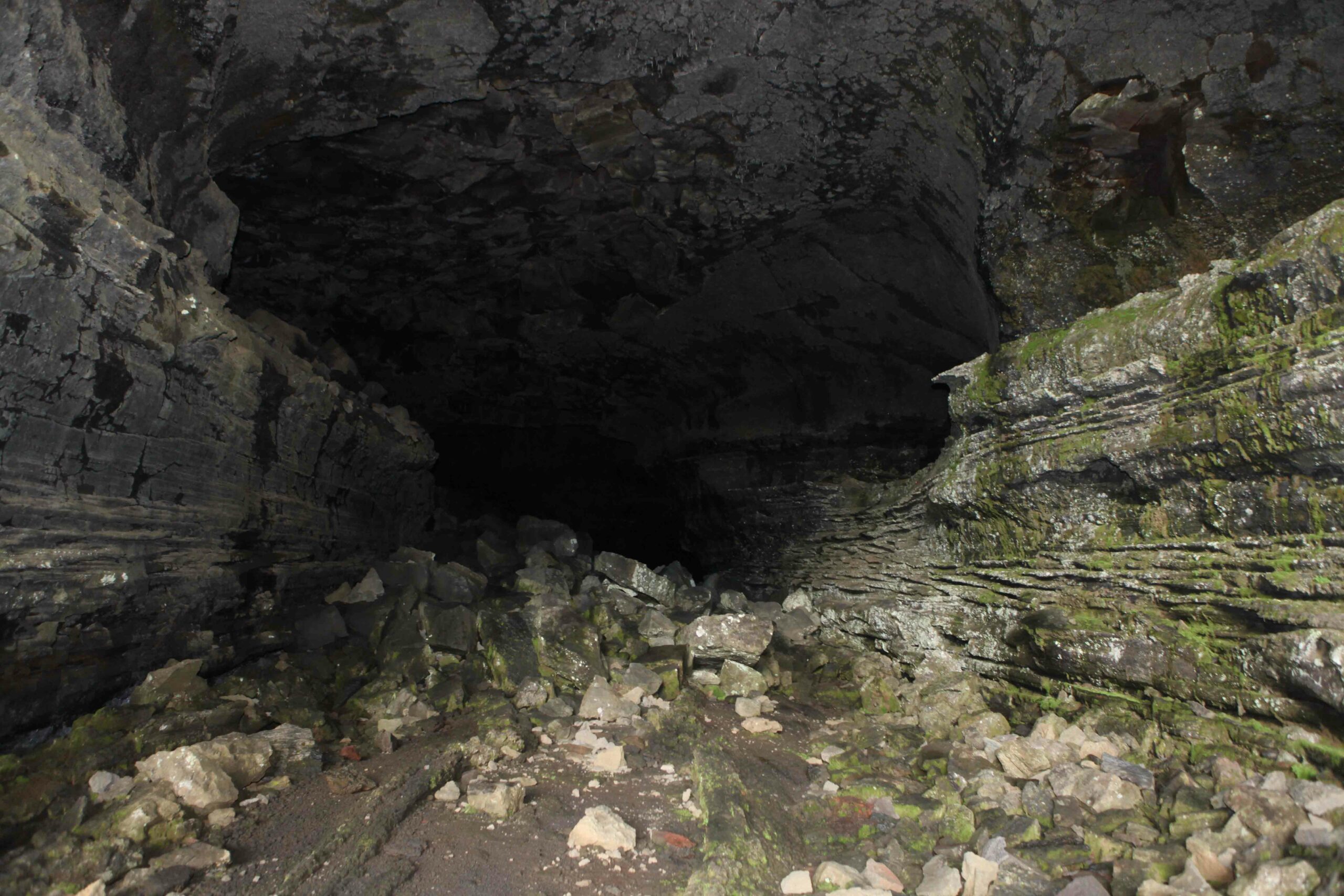
LUXOR, EGYPT—Inscriptions estimated to be up to 6,000 years old have been found spread over several rock panels located near the village of El-Khawy by a team of researchers from Yale University and Egypt’s Ministry of Antiquities, according to a report in Ahram Online. The team members had been mapping road networks because Egyptian rock art is usually found at major crossroads. The images are said to represent formative stages of hieroglyphic script, which appeared in Upper Egypt around 3250 B.C. For example, John Coleman Darnell of Yale University said that one panel is engraved with a bull’s head on a short pole, and two saddle bill storks standing back to back with a bald ibis above them. The images were placed from right to left, in a similar fashion as later Egyptian texts. “These symbols are not phonetic writing, but appear to provide the intellectual background for moving from depictions of the natural world to hieroglyphs that wrote the sounds of the ancient Egyptian language,” Darnell said. For more, go to “Egypt’s Final Redoubt in Canaan.”










